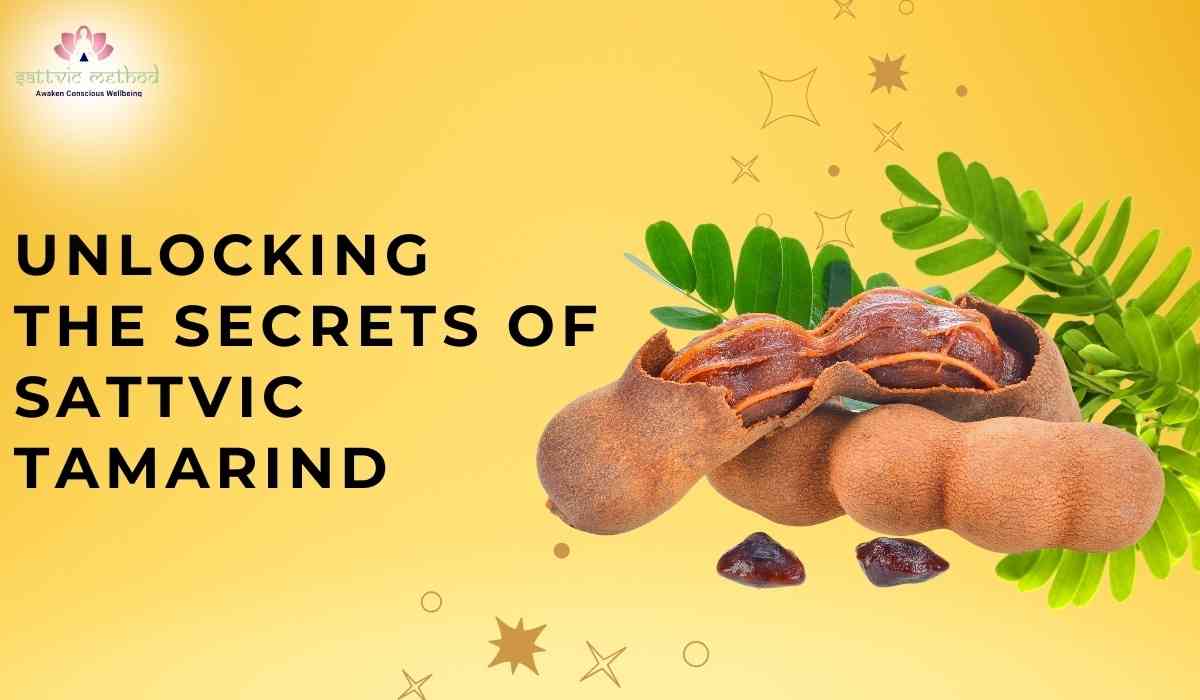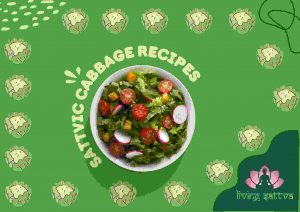🌿 Unlocking the Secrets of Sattvic Tamarind: Ancient Wisdom for Modern Wellness
✨ What Is Tamarind & Why Is It So Powerful in Sattvic Cooking?
In the world of Ayurvedic nutrition and sattvic living, tamarind is an ancient, sacred ingredient that is often overlooked. But did you know this sweet-sour fruit holds detoxifying, balancing, and revitalizing powers for both body and mind?
Welcome to a delicious, healing journey as we unlock the secrets of sattvic tamarind — an underrated gem in sattvic Indian cuisine that has been used for centuries to awaken agni (digestive fire), cleanse the system, and nourish the soul.
In this blog, we’ll dive deep into:
✅ The spiritual and nutritional benefits of tamarind
✅ How tamarind fits into the sattvic diet
✅ 3 easy, traditional sattvic tamarind recipes from our YouTube channel
✅ Why this tangy fruit is a secret weapon for modern wellness seekers
Let’s go beyond the sourness — and tap into tamarind’s sacred sweetness!
🌱 Tamarind in Ayurveda: A Powerful Sattvic Ally
Tamarind, or “imli” in Hindi, is native to tropical regions and is mentioned in many Ayurvedic texts. While often misclassified as too pungent for sattvic diets, properly prepared tamarind in moderation is not only sattvic but incredibly balancing for vata and kapha doshas.
✨ Tamarind’s Ayurvedic Properties:
- Rasa (Taste): Sour, sweet
- Virya (Potency): Cooling
- Vipaka (Post-digestive Effect): Sweet
- Energetic Effects: Grounding, cleansing, gently stimulating
🌸 Sattvic Benefits of Tamarind:
- Boosts digestion and cleanses the colon
- Acts as a natural detoxifier for the liver and blood
- Helps balance excessive vata (dryness, anxiety)
- Promotes mental clarity and grounded energy when prepared correctly
- Packed with antioxidants, potassium, magnesium, and Vitamin C
Unlike rajasic or tamasic foods, sattvic tamarind is prepared gently, without garlic or excessive spices, and always with love and intention.
🍽️ 3 Sattvic Tamarind Recipes You’ll Love
Ready to get cooking? Below are 3 delicious sattvic tamarind recipes featured on our YouTube channel, ideal for mindful living and everyday Ayurvedic balance. These recipes are:
- 🌿 Garlic-free
- 🌿 Onion-free
- 🌿 Naturally plant-based
- 🌿 Infused with Ayurvedic wisdom
1. 🍲 Sattvic Tamarind Rasam (Healing Digestive Soup)
This tangy, warming rasam is your go-to when your digestion feels sluggish or you’re looking for a light, sattvic evening meal.
Ingredients:
- 2 tbsp organic tamarind pulp (soaked and strained)
- 1 tsp grated ginger
- 1/4 tsp turmeric
- 1/2 tsp crushed black pepper
- Fresh coriander
- Himalayan salt to taste
- 1/2 tsp ghee (optional for tempering)
Why it’s Sattvic: No garlic, no onion, just gentle spices, healing warmth, and love. Tamarind in this form awakens digestion while calming the mind.
2. 🌯 Sattvic Tamarind Chutney (Perfect for Fasting & Detox)
Skip the store-bought, sugar-laden versions. This homemade sattvic chutney is naturally sweetened and absolutely divine.
Ingredients:
- 1 cup tamarind water
- 5 dates (soaked)
- 1/4 tsp cumin powder
- Pinch of rock salt
- Splash of lime juice (optional)
Why it’s Sattvic: Sweetened with dates instead of jaggery or sugar, this chutney is grounding, nourishing, and ideal for fasting days (upvas).
Try it with steamed veggies, kitchari, or sattvic moong dal pancakes!
3. 🍛 Sattvic Tamarind Rice (Temple-Style Puliyodarai)
Traditionally made for prasadam in South Indian temples, this version is sattvic, balanced, and incredibly aromatic.
🛕 Get the full step-by-step video here: Link
Ingredients:
- Cooked basmati rice
- Tamarind paste (homemade or natural store-bought)
- Curry leaves
- Mustard seeds
- Asafoetida (hing)
- Grated coconut
- Sesame oil (or ghee)
Why it’s Sattvic: Free from chili, onion, and garlic. We use light spices and grounding oils to keep the dish mind-clearing and heart-opening.
✨ Why Sattvic Tamarind Is a Wellness Game-Changer
In a world of hyper-processed, rajasic food, sattvic tamarind is a quiet revolution. It’s a return to mindful nourishment, where each ingredient is chosen with spiritual purpose and physical care.
Here’s what tamarind can do when included in your sattvic weekly meal plan:
- 🌿 Flush toxins gently without harsh detoxes
- 🌿 Support emotional clarity and reduce irritability
- 🌿 Enhance nutrient absorption and digestive fire
- 🌿 Bring peace and lightness after heavy meals
- 🌿 Connect you to sacred food traditions
🧘 Bonus: How to Source Sattvic Tamarind
Always choose:
- ✅ Organic tamarind pulp with no preservatives
- ✅ Avoid store-bought tamarind pastes with added sugars or MSG
- ✅ If possible, soak raw tamarind at home and extract pulp fresh
💡 Pro Tip: When making chutneys or soups, soak tamarind in warm water for 30 minutes. Strain and use as your base for maximum flavor and sattvic energy.
🎥 Join the Sattvic Movement on YouTube
Our YouTube channel is your home for authentic sattvic cooking, Ayurveda-inspired recipes, and spiritual nourishment. Subscribe and turn on notifications so you never miss:
- ✨ Seasonal sattvic detox recipes
- ✨ Sattvic meals for dosha balance
- ✨ Fasting & upvas recipes
- ✨ Deep dives into Ayurvedic ingredients like tulsi, neem, and of course… tamarind!
👉 Subscribe here: The Sattvic Method
🌿 Final Thoughts: Embrace the Power of Sattvic Tamarind
In the sattvic tradition, food is more than fuel — it’s a form of devotion. Tamarind, with its earthy roots and soulful tang, invites us back to the simplicity, purity, and joy of conscious cooking.
Let this magical fruit inspire your meals, elevate your energy, and nourish your spirit — one sattvic bite at a time.
🔥 Ready to Go Deeper?
💬 Comment below: What’s your favorite way to use tamarind in sattvic cooking?
📲 Tag us on Instagram with your creations using #SattvicTamarind for a chance to be featured!
📩 Subscribe to our newsletter for weekly sattvic recipes, meal plans, and Ayurvedic wisdom.



